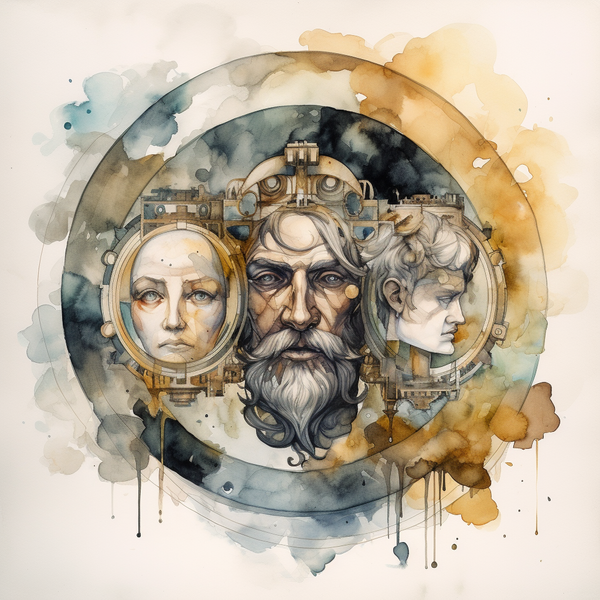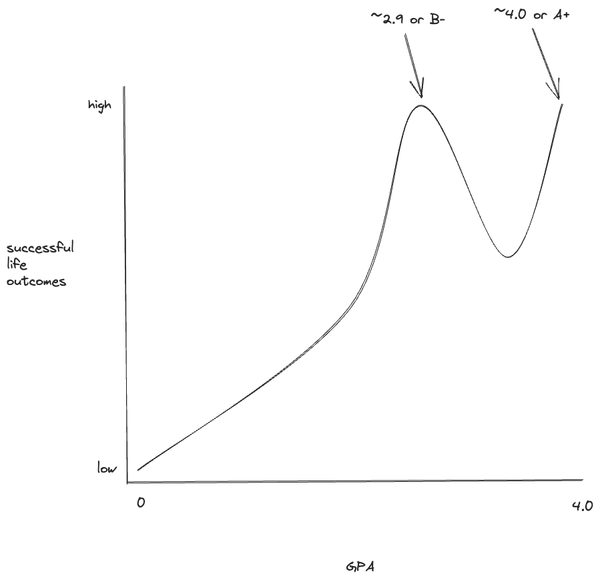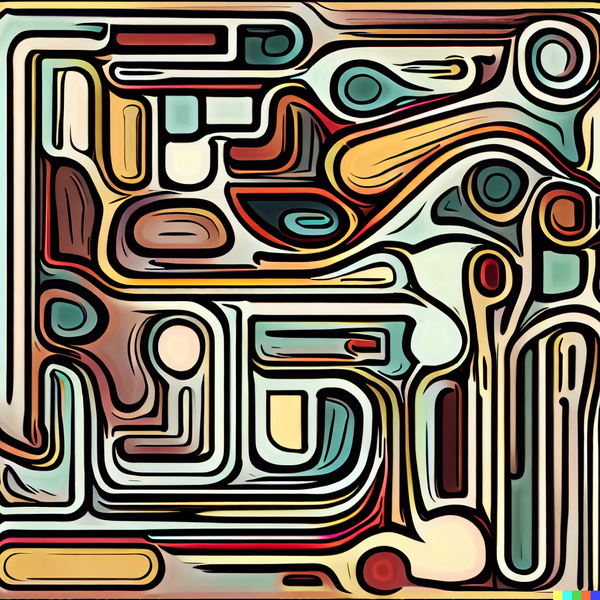
essays
The Internet is Empty
The wide open nothingness of HTTP
Long form opinion pieces about any topic under the sun, yuh!


essays
The wide open nothingness of HTTP

essays
The only defensible use for bleeding edge tech is play!

essays
why b- succeeds in life

essays
Blogging has recieved a major upgrade, from an unexpected place.

essays
The tale of a young emperor of Rome, and his parrot.

essays
How can entrepreneurs use leverage to maximize their profits and minimize their losses?

essays
Have creators been misled about the potential of content creation as a profitable endeavor? What is the critical mass for standalone content, and is there even such a thing?

ai
Lighting, perspective, variation chaining, and other tricks to try with DALL·E.

essays
Off, off with your head.

short-stories
The torch of knowledge eventually devours its owner.

humor
I spent two hours building two IKEA Alex drawers and had a lot of thoughts along the way, from questioning the instruction manuals to wondering why they don't tell you to batch things.

ai
I am impressed with the Readwise team for creating a great app with a solid AI integration that provides a world class reading experience on mobile and web clipper experience.